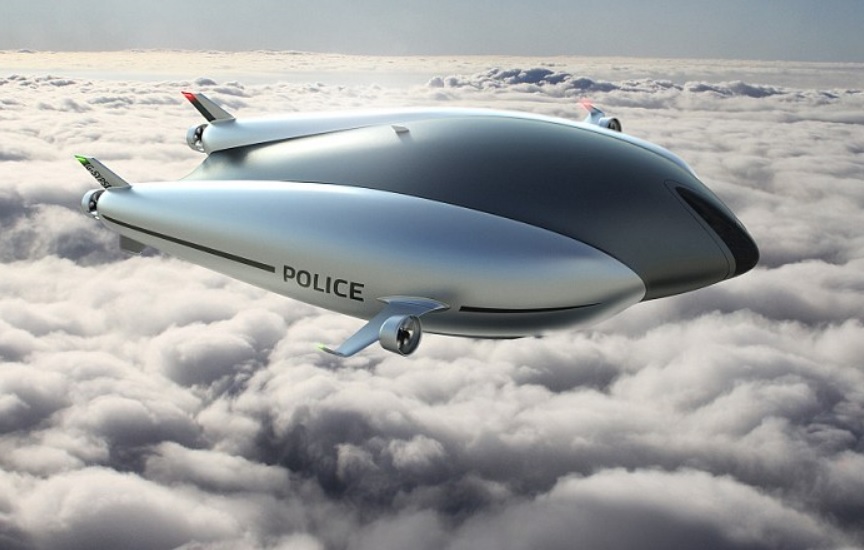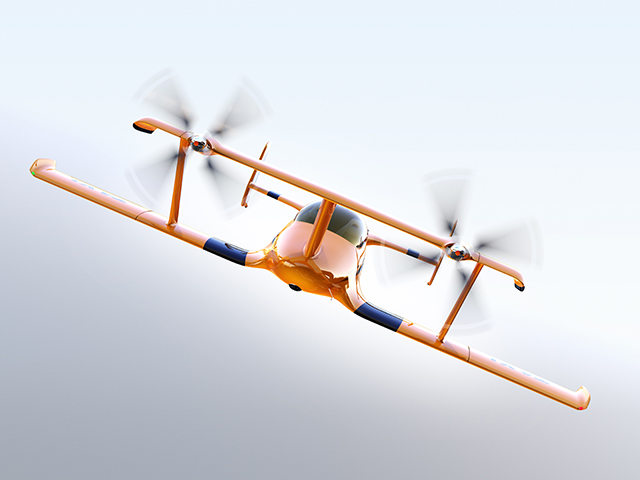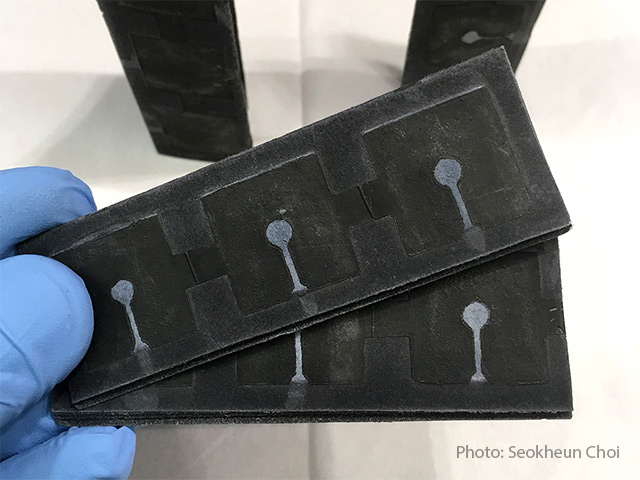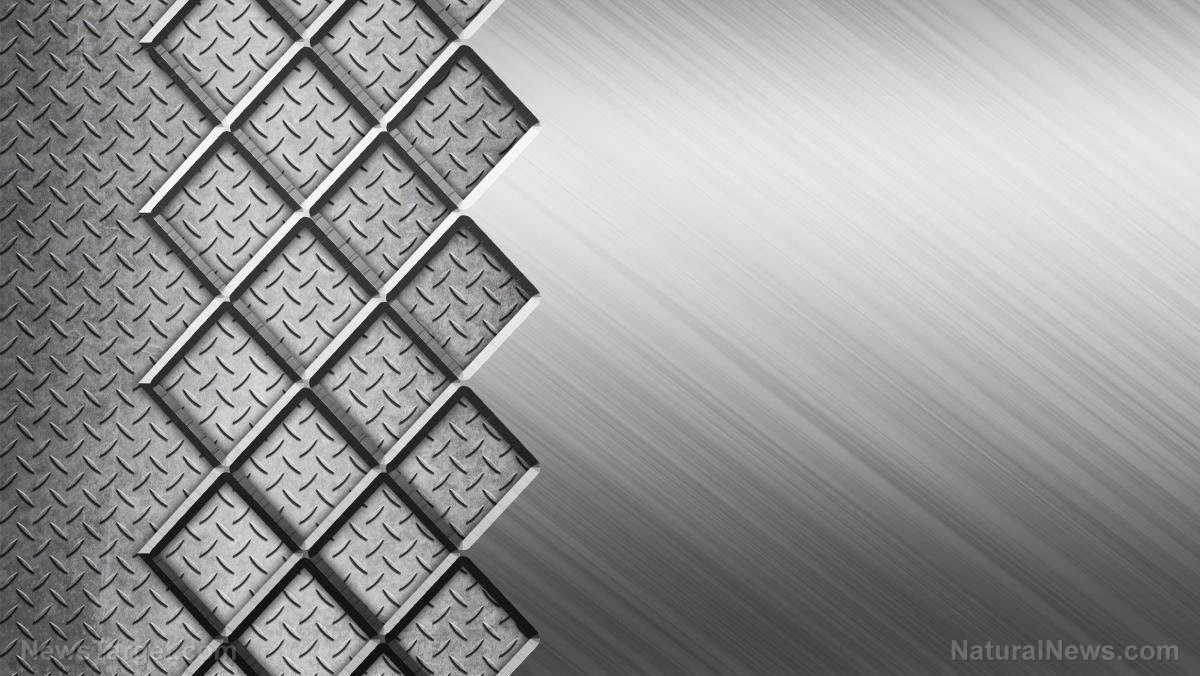New sound wave technology creates clothes dryer that is 70% more energy efficient
11/21/2018 / By Rhonda Johansson
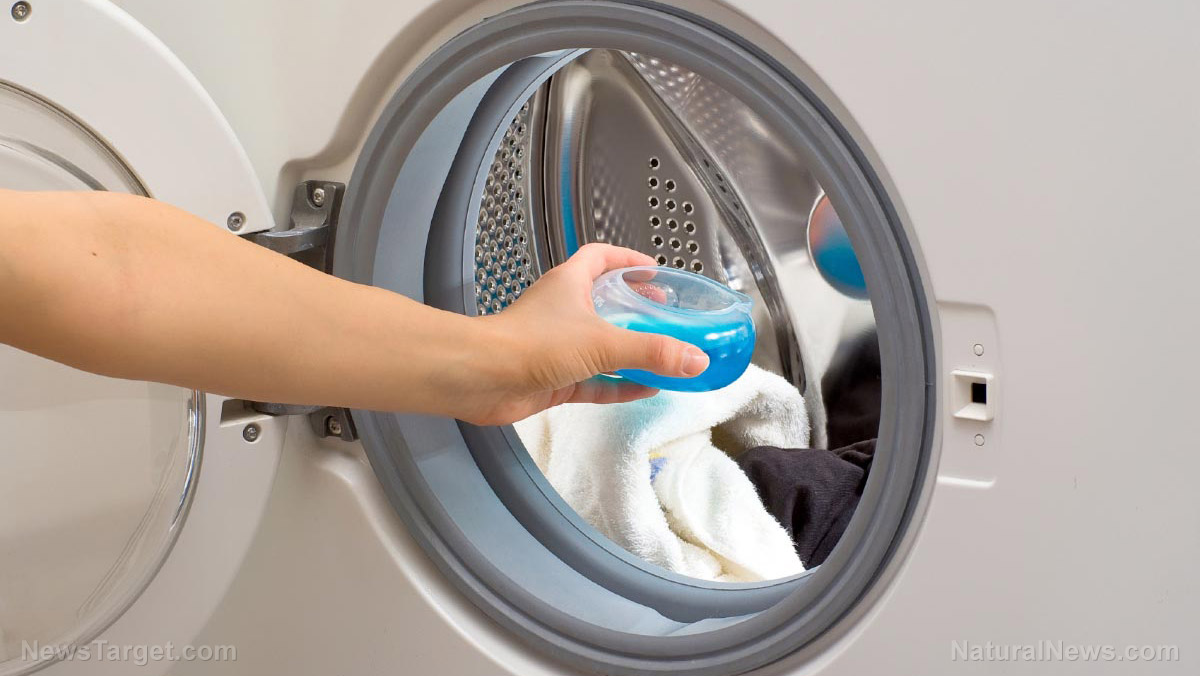
In true rockstar fashion, researchers at the Oak Ridge National Laboratory in Tennessee are using sound waves to change the way we live. The team developed a dryer which was five times more energy efficient than its conventional siblings. Lovingly termed the “ultrasonic dryer,” the technology utilized sound waves instead of heat. The replacement of heat to sound waves allowed the device to dry a large amount of clothes in about half the time.
The appliance may still be in its early stages of development but already is being seen as an ideal alternative to “traditional” methods of laundry. A 2014 report published by the National Resources Defense Council (NDRC) called for more energy efficient clothes dryers. In the report, the group noted that U.S. consumers miss out on approximately $4 billion in annual savings due to inefficient drying technology. What we consume in energy per year spent on a typical electrical clothes dryer amounted to the consumption of a new energy-efficient refrigerator, clothes washer, and dishwasher combined, according to the NDRC. Even excluding the financial cost of inefficiency, typical clothes dryers emit around 16 million tons of carbon dioxide annually. That’s equivalent to the pollution produced from three coal-fired powerplants.
The heat is on…but not in the way you expect
Scientists at Oak Ridge rose up to the challenge. In response, they designed a dryer that would pull moisture from fabric using high-frequency vibrations. The theory goes that the ultrasound would vibrate small water droplets off of the fabric, which would eventually form a fine mist. This collection of water particles would then be driven to the edge of the drum (the container that rotates as with a standard clothes dryer) where it would be siphoned off.
The initial prototype developed by the team was able to dry a medium-sized load in 20 minutes. This is compared to the 50 minutes a regular full-sized clothes dryer would take to finish the same amount. The ultrasonic dryer is also, supposedly, 70 percent more energy-efficient than its brother. Because the dryer uses sound waves, the appearance of lint is reduced as well. The researchers noted that most lint is created when hot air blows tiny fibers off of clothing. Incidentally, clothes would be able to last longer. The scientists at Oak Ridge noted that drying clothes without heat decreases the risk of color fading.
The team is currently working with the Department of Energy (DOE) and General Electric to further develop this ultrasonic drying technology. It is expected to be completed by 2019. The DOE has already allocated $880,000 to this project.
Going back to the basics
Perhaps you noticed that the term “traditional methods of laundry” was placed in quotation in the first part of this article? The technology developed by Oak Ridge is indeed something to be lauded. However, traditional is as traditional does. There are truly, more natural ways to wash your clothes, save money, and help the environment. Put simply: wash your clothes by hand and line-dry your laundry. An article from TheArtofSimple.net lists some other reasons why you may want to start now.
- You save money — This is an obvious statement but one that doesn’t diminish in importance. By not using an electrical appliance, you are able to save. This is also a useful life skill to have when you find yourself in an emergency situation.
- You protect your clothes — In line with saving money, washing clothes by hand and line-drying them lengthens the lifespan of your clothes.
- You’re doing your part in saving the environment — This method of cleaning and drying doesn’t require toxic chemicals. (Related: Warning: many dryer sheets contain cancer causing chemicals.)
Remember that technology is a tool, and is only great when it is used to improve our lives. When it becomes a necessity rather than a supplement, then it may be time to rethink your lifestyle habits.
Sources include:
NDRC.org [PDF]
Tagged Under: clothes dryer, dryer, sound waves, technology




